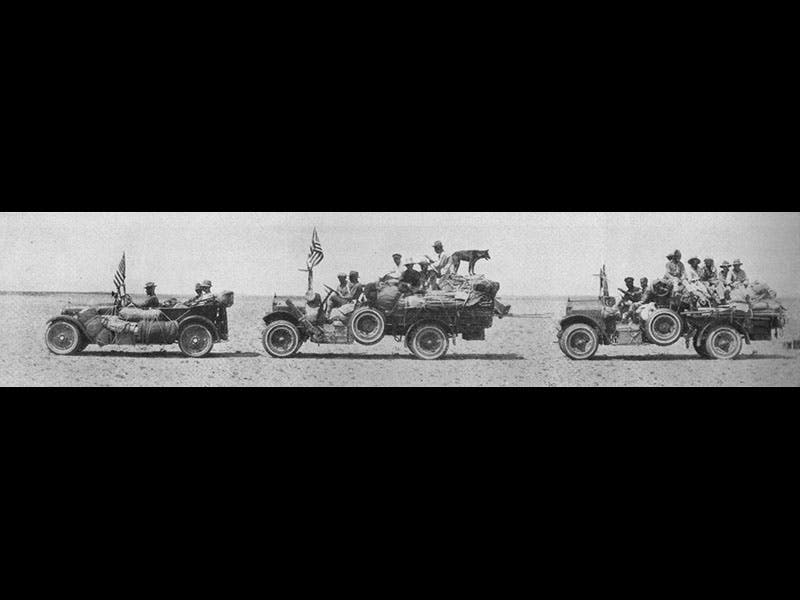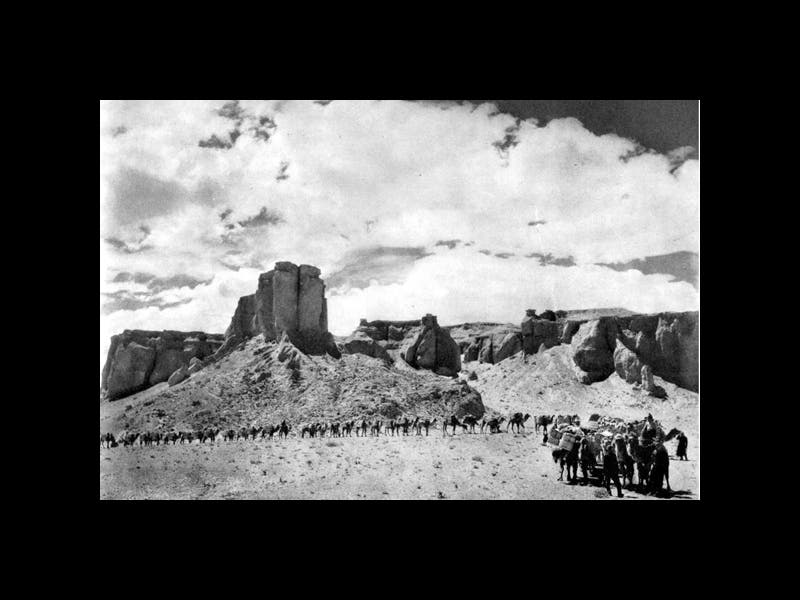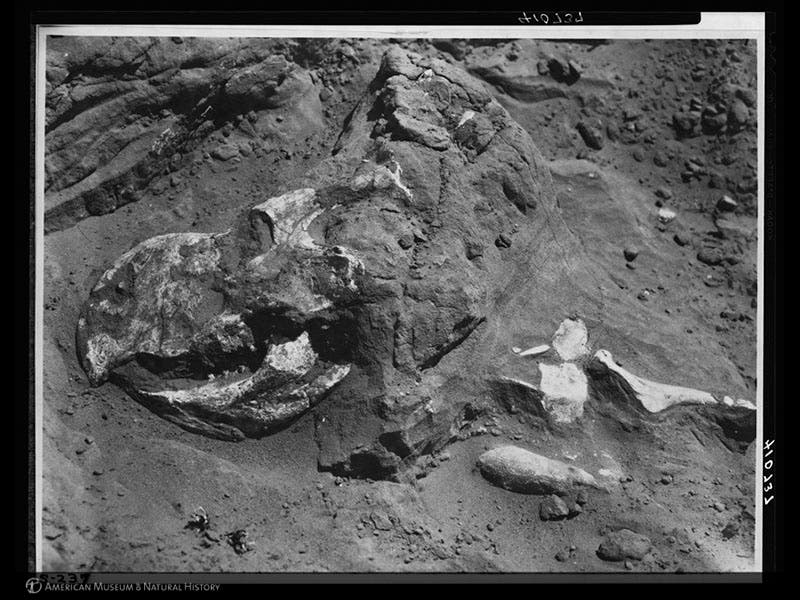Scientist of the Day - Roy Chapman Andrews
Roy Chapman Andrews, an American naturalist and explorer, was born Jan. 26, 1884. Working for the American Museum of Natural History (AMNH) in New York, Andrews led five expeditions to Mongolia in the 1920s. Referred to as the Central Asiatic Expeditions, they resulted in the discovery of the first dinosaur nests and eggs and three new dinosaur genera, including Protoceratops, a forerunner to later and larger horned dinosaurs such as Triceratops, and Velociraptor, destined to become the carnivorous star of Jurassic Park.
One of the more intriguing features of the Central Asiatic Expeditions was their reliance on motorized transport. It took considerable moxie to even consider using motor vehicles in such a desolate and isolated area, where factory reps would be few and far between, as would filling stations and body shops. But Andrews was convinced that the advantages were great and the liabilities could be overcome, and so he carefully screened a number of candidates, finally selecting five Dodge Brothers touring cars and two Fulton trucks. The fuel and spare parts were carried by a caravan of 75 camels that was sent out ahead of the cars. On the first two expeditions of 1922 and 1923, they travelled over 10,000 miles, and the Dodges handled everything that the desert threw at them. And the Fulton trucks carried back a tidy collection of precious fossils, bound for the Museum in New York.
The photos above, three of them from the AMNH archives, depict: Andrews, two vehicles, and a nest of eggs (first image); Andrews driving a Dodge and leading two Fultons (second image); a caravan of gasoline-laden camels (third image); Andrews holding several dinosaur eggs (fourth image); and a Protoceratops skull in situ (fifth image). The last two images were displayed in our Paper Dinosaurs exhibition in 1996.
Dr. William B. Ashworth, Jr., Consultant for the History of Science, Linda Hall Library and Associate Professor, Department of History, University of Missouri-Kansas City. Comments or corrections are welcome; please direct to ashworthw@umkc.edu.











